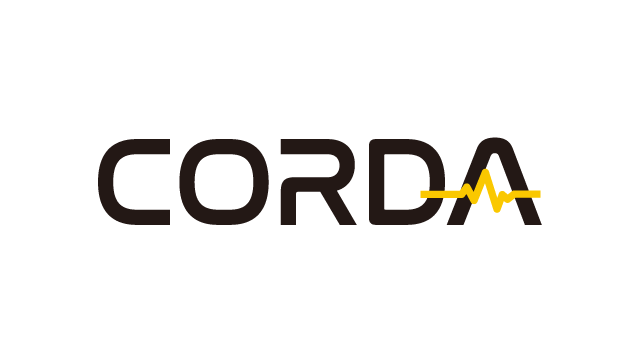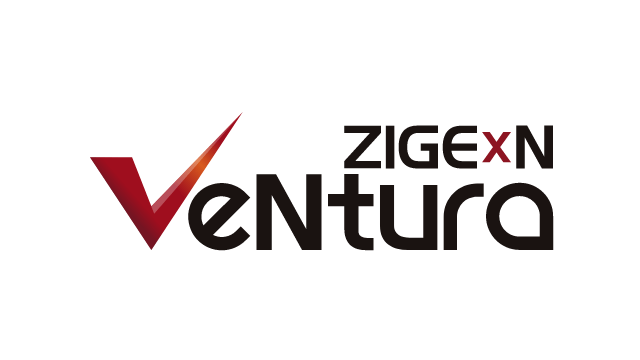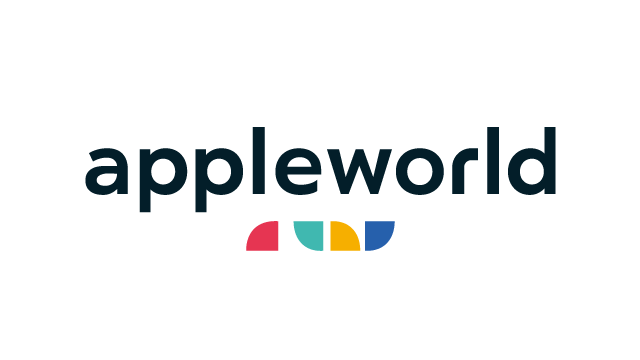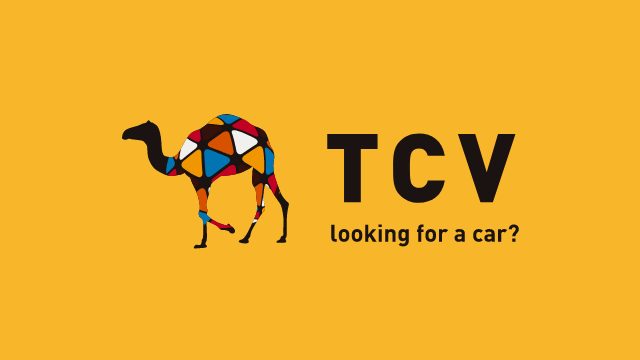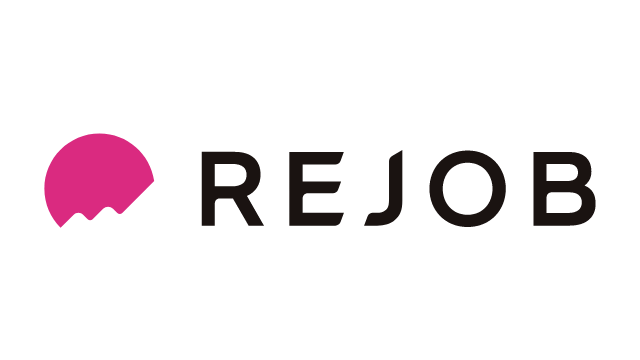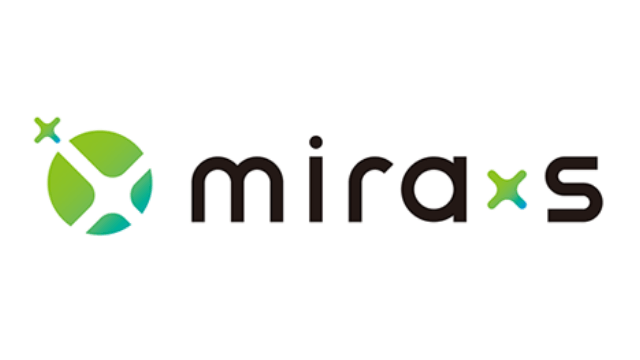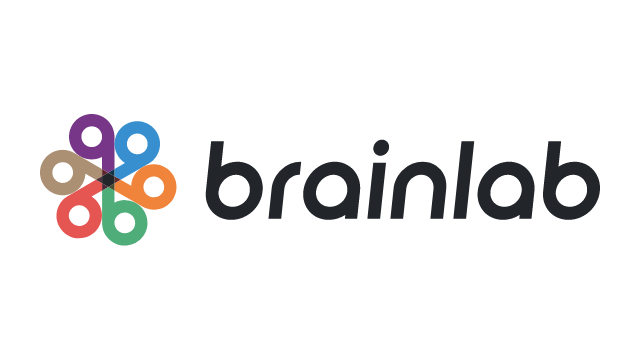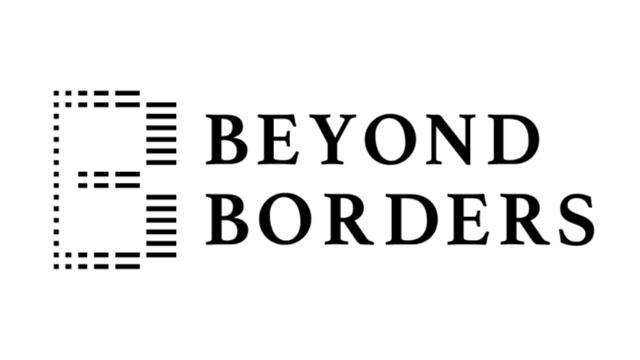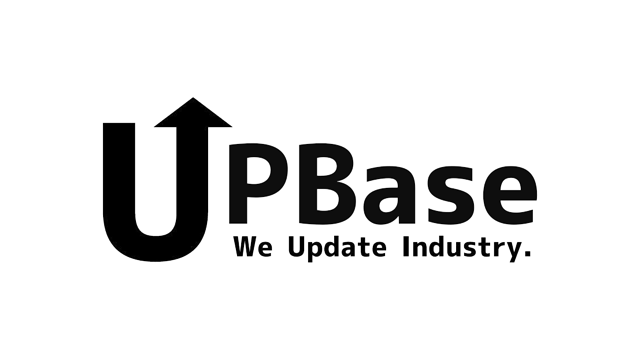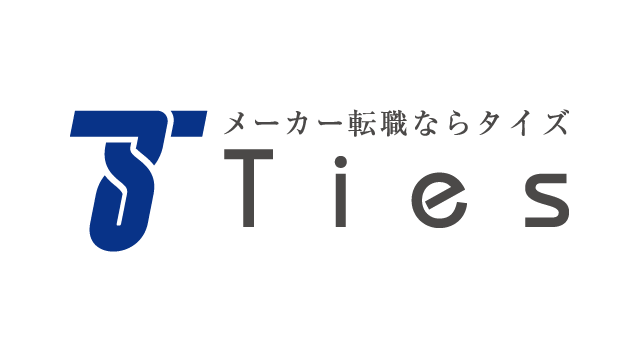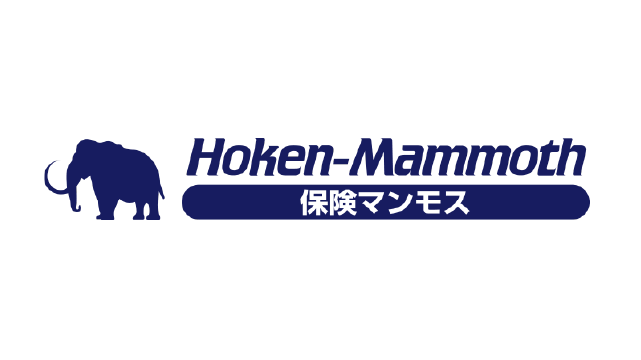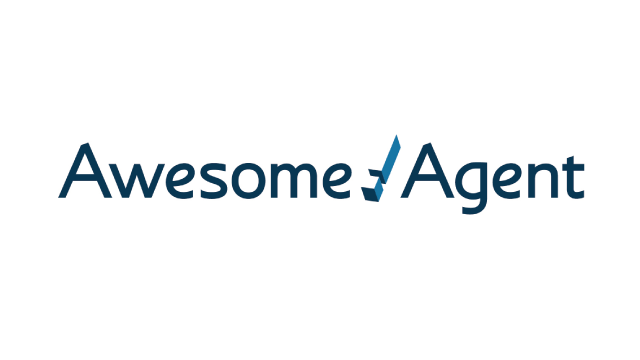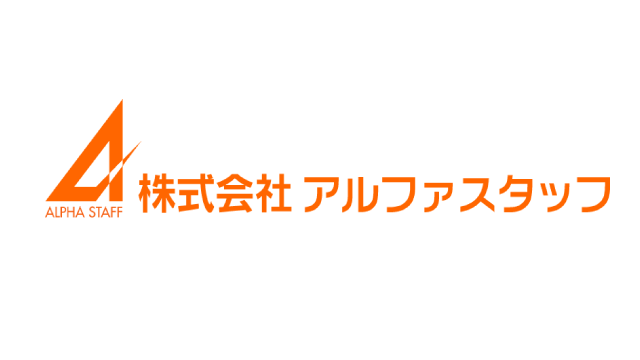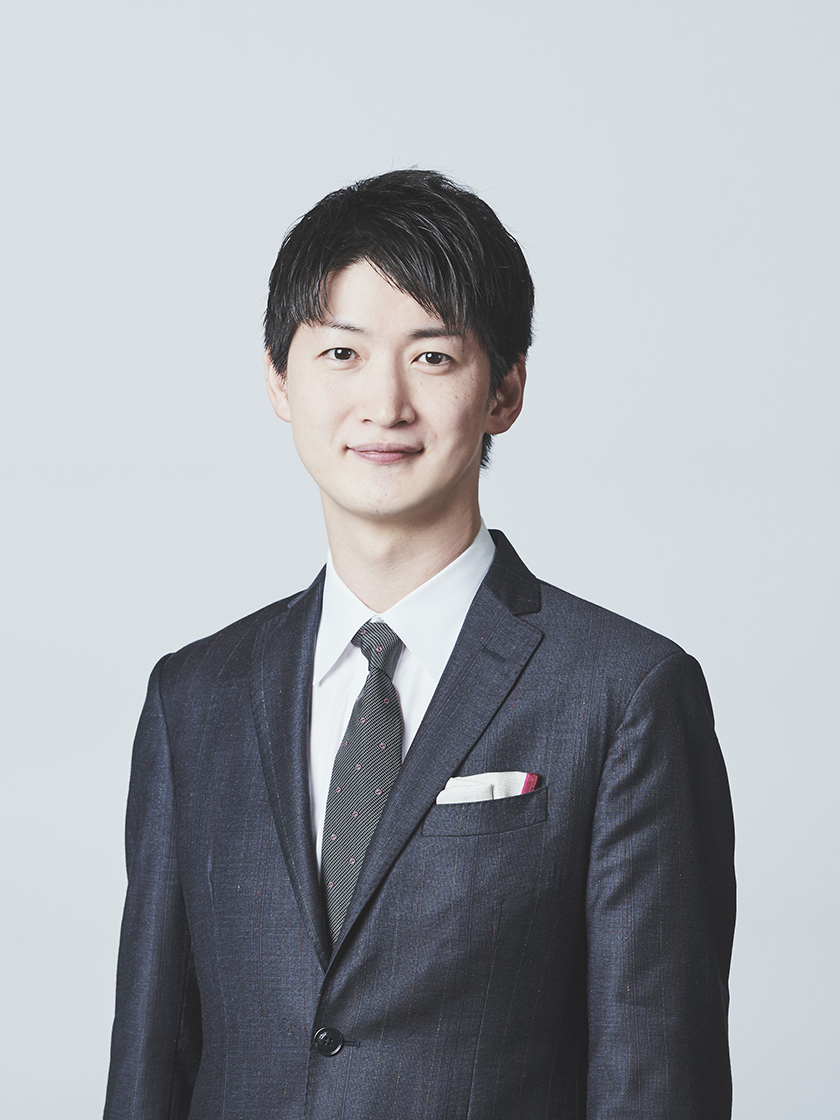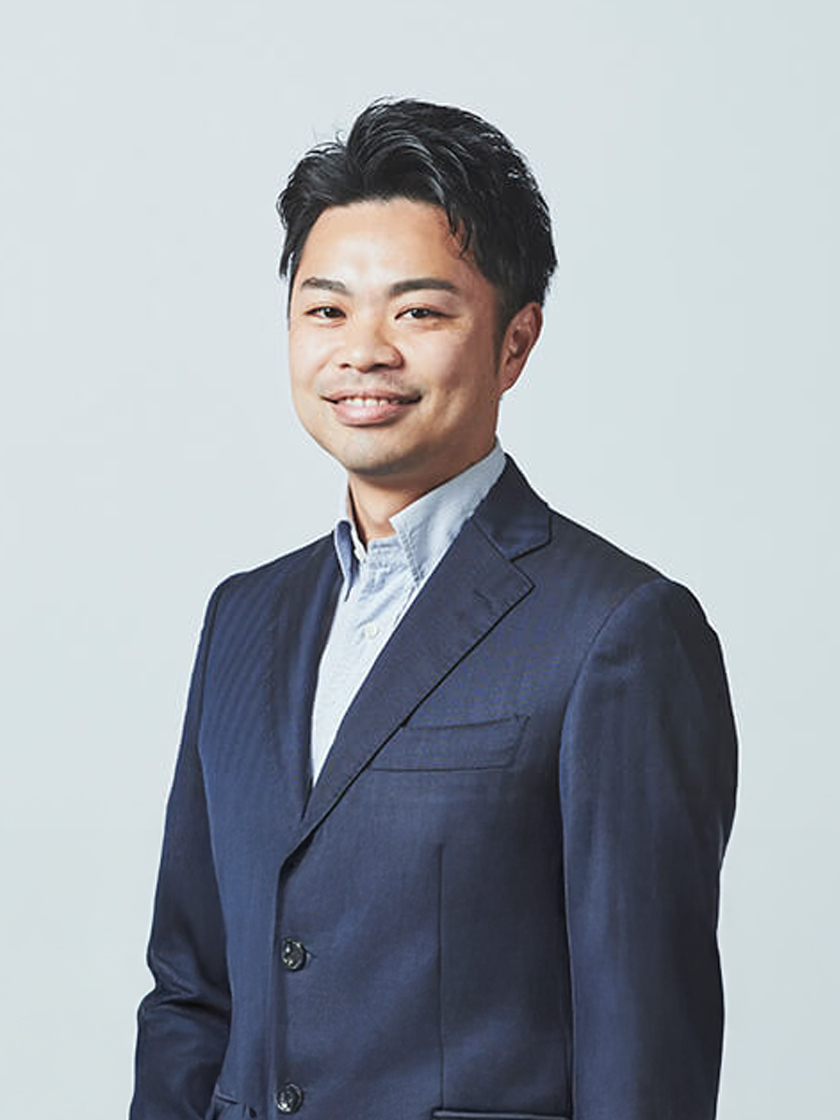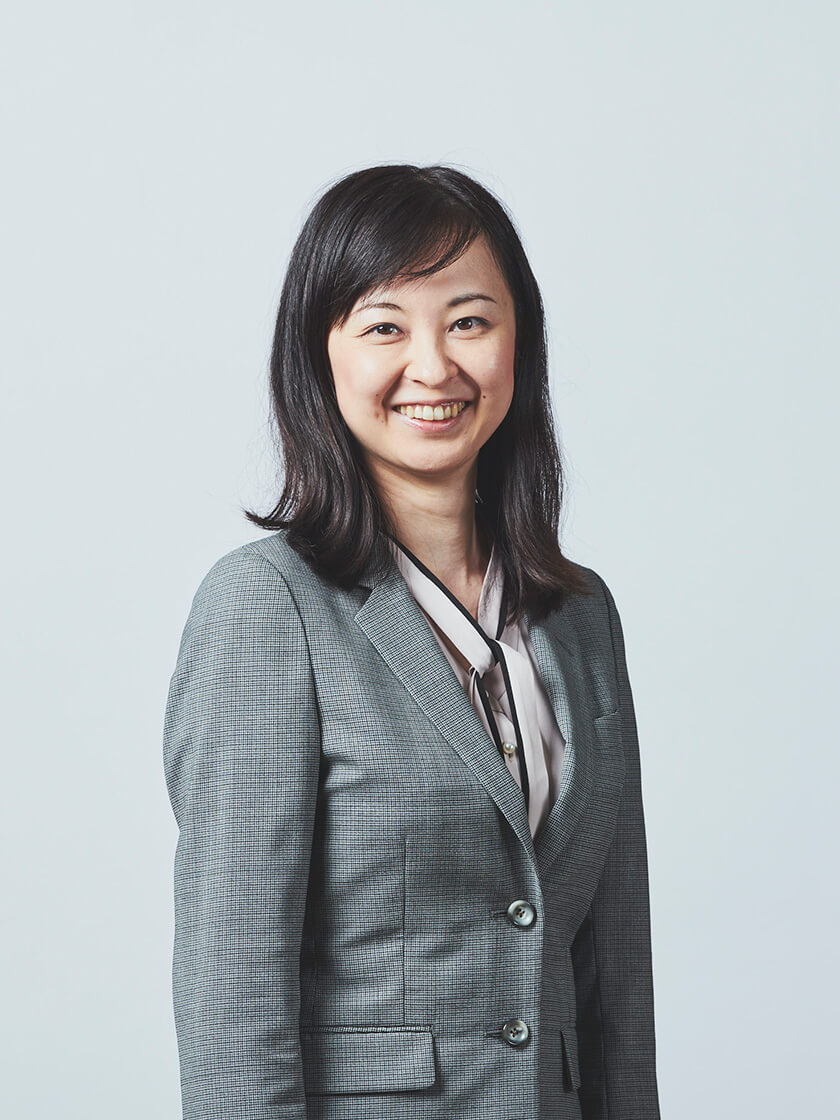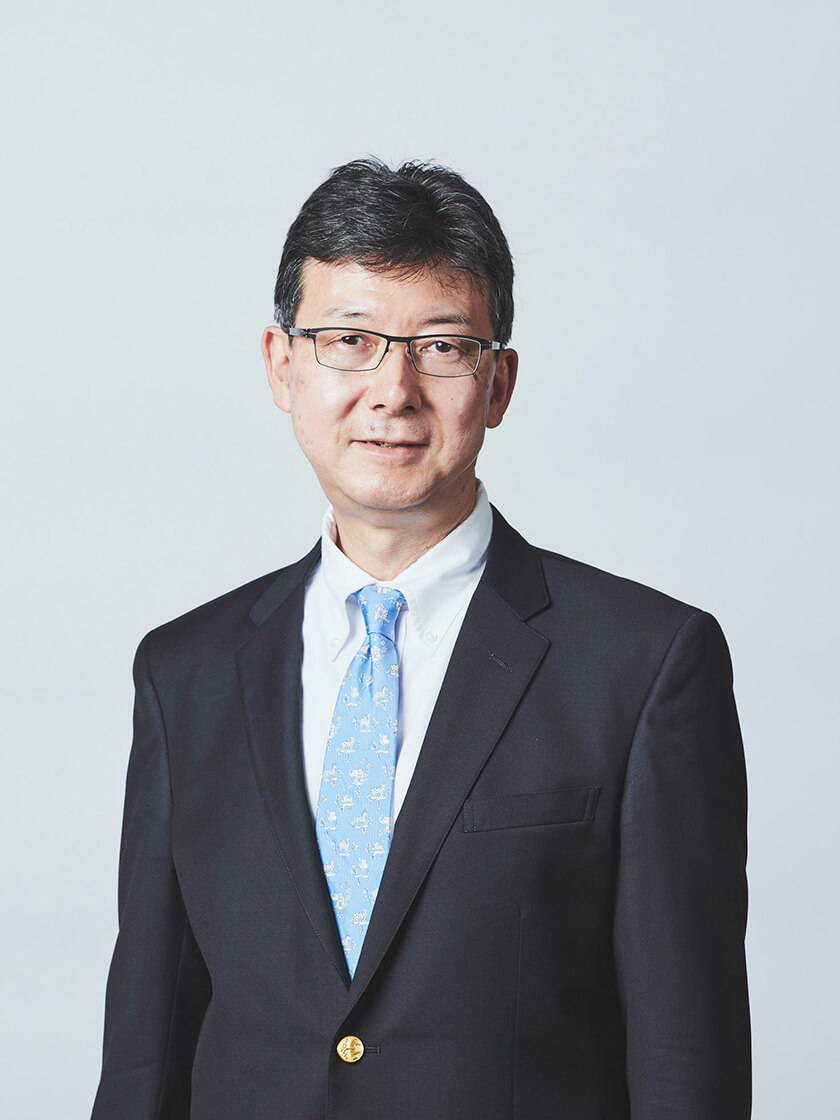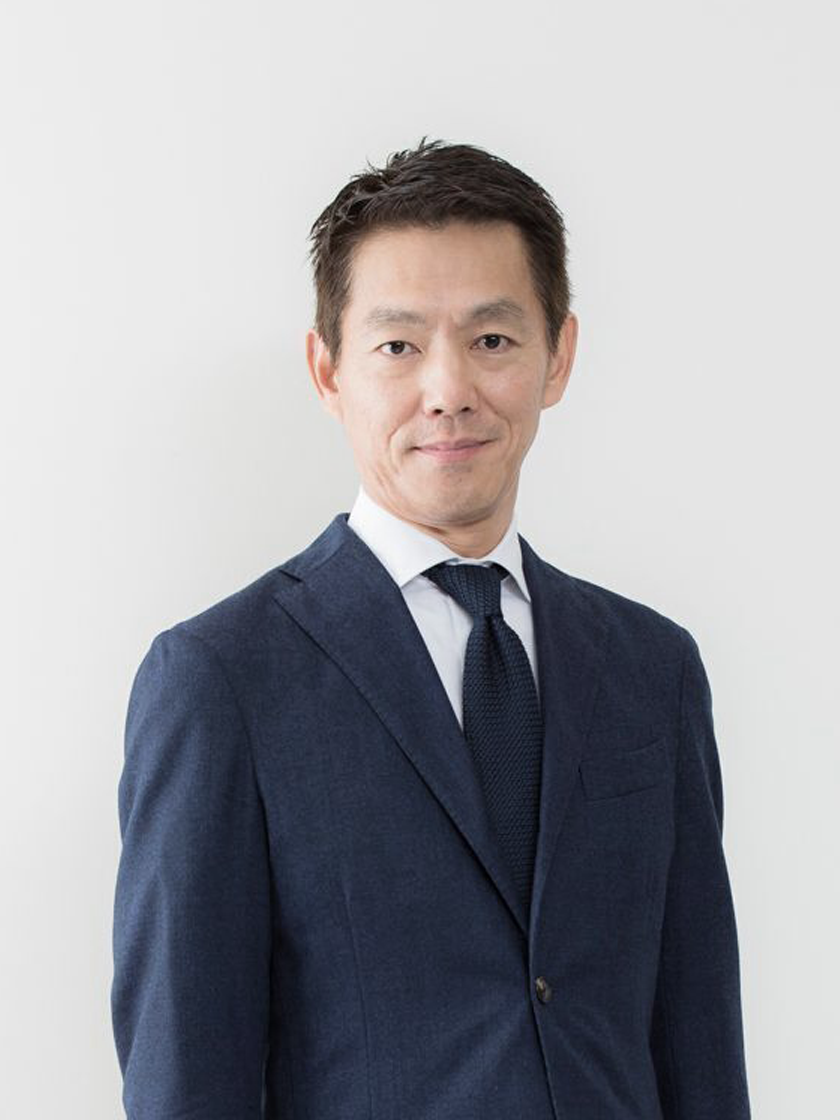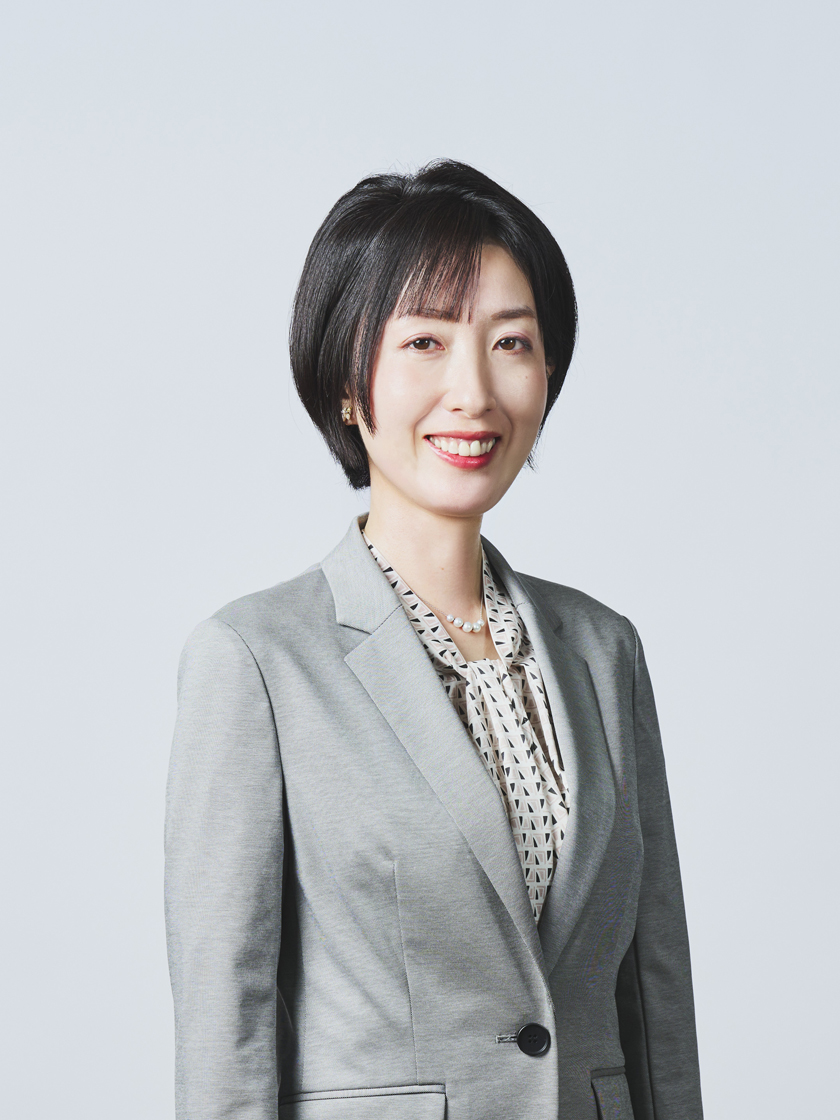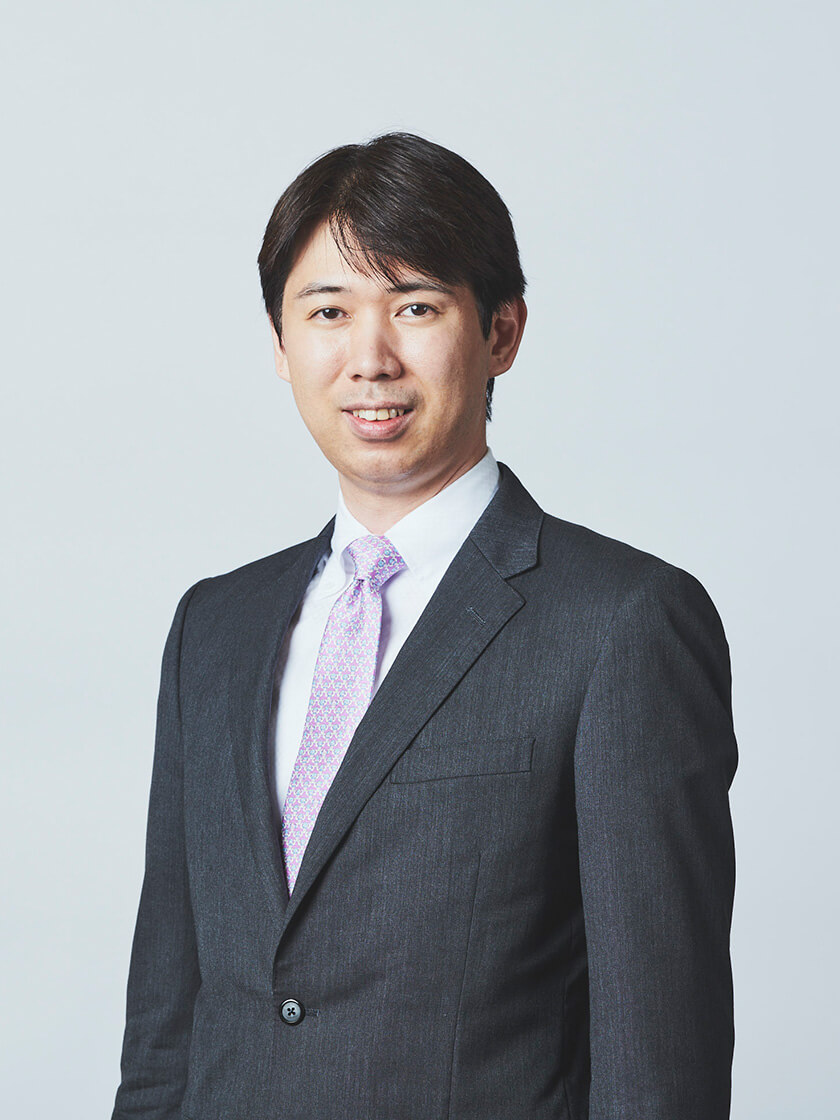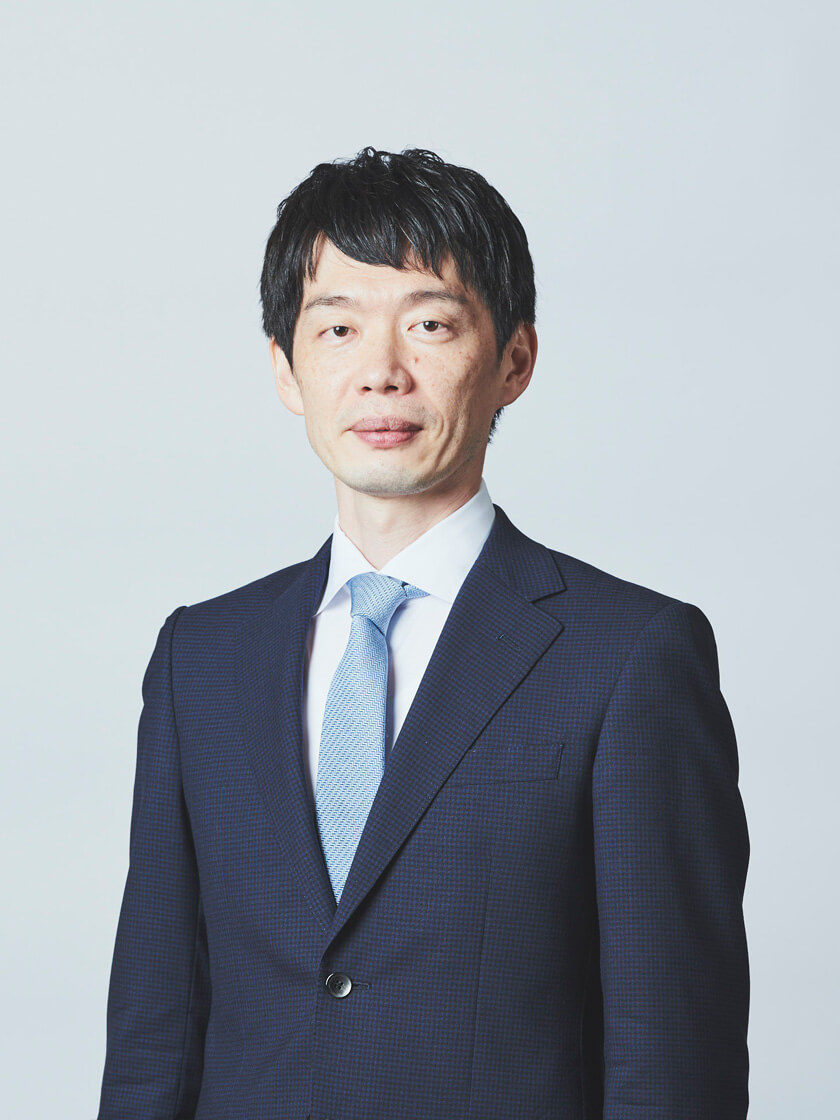“Smocca,” a Rental Property and Apartment Search Portal Site Operated by ZIGExN, Has Released the “Tokyo’s Child-Friendly Areas “
Full Comparison of All 63 Areas Across Tokyo’s 23 Wards Featured in the Previous Four Articles!
“Chintai Smocca” (hereinafter referred to as Smocca) https://smocca.jp/, a rental property and apartment search portal site operated by ZIGExN Co., Ltd. (Headquarters: Minato-ku, Tokyo, Representative Director, Operating Officer, and CEO: Joe Hirao, Tokyo Stock Exchange Prime: 3679, hereinafter referred to as ZIGExN), has released the “Tokyo’s Child-Friendly Areas Ranking – Summary Edition” providing a comprehensive overview of the Smocca Research Series.
This ranking is based on the previously published four-part series “Tokyo’s Child-Friendly Areas Ranking,” which includes the following editions: “Central 6 Wards Edition” [https://zigexn.co.jp/13899/], “Joto Area Edition” [https://zigexn.co.jp/14127/], “Josai & Johoku Area Edition” [https://zigexn.co.jp/14295/], and “Jonan Area Edition” [https://www.zigexn.co.jp/14475/]. It aggregates data from a total of 65,540 rental properties across 63 areas within Tokyo’s 23 wards.
Aimed at families seeking neighborhoods that are both budget-friendly and offer a high quality of life, the report compares and introduces these 63 areas based on a balanced evaluation of “child-friendliness,” “rent levels,” and “surrounding living environment.”
(*Data aggregation dates: April 10, 2024, and April 10, 2025)

■Ranking Based on Key Points of Child-Rearing: “Accessibility,” “Safety,” and “Child-Rearing Environment.”
Smocca’s “Livable City Information (https://smocca.jp/livability)” sets the following four indicators when ranking the friendliness of child-rearing:
- “Accessibility”: The ease of access to workplaces and medical facilities.
- “Safety”: The overall safety of the area.
- “Child-Rearing (Environment)”: The availability of educational facilities such as libraries and schools.
- “Entertainment”: The availability of recreational facilities such as amusement parks and parks.
However, when analyzing entertainment-related reviews, many responses focused on karaoke and drinking. Since these elements are considered to have limited relevance to child-rearing, two separate rankings were created. One is an “overall ranking” based on Smocca’s own aggregated review data and evaluation scores in three categories — “accessibility,” “safety,” and “child-rearing environment.” The other is a “child-rearing score ranking” that focuses specifically on the scores related to the child-rearing environment.
The summary edition covers all 23 wards of Tokyo, further divided into 63 smaller areas.
■Overall Rankings and Child-Rearing Score Rankings for All 63 Areas in Tokyo


All 63 areas introduced so far were re-aggregated based on the overall score and rearranged in ranking order, resulting in the above outcomes. The numbers shown in the rightmost column of the table indicate the difference in ranking positions between the rankings based solely on the child-rearing score and the overall ranking.
The prestigious first place in the ranking of all 63 areas was awarded to the Takaido area. It achieved high scores of over 4 points in all categories, accessibility, safety, and child-rearing environment, with safety standing out at an especially high score of 4.76, the highest among all areas. The area is home to several renowned schools, such as Kokugakuin University Kugayama High School, and Tokyo Metropolitan Nishi High School, as well as numerous private and general hospitals. Particularly noteworthy is the “Child-Rearing Support Voucher” program implemented by Suginami Ward (https://smocca.jp/livability/tokyo/city/13115). This program offers a wide range of support services, from temporary childcare to parent-child events. At birth, parents receive 20,000 yen worth of free support vouchers, and for three years, from age 0 to 2, they receive an additional 20,000 yen worth of free vouchers annually, plus 20,000 yen worth of paid vouchers. (*)
*Reference: Suginami Ward Childbirth and Childcare Support Project
https://www.city.suginami.tokyo.jp/s054/1125.html
The area that narrowly took second place is the Kyobashi/Nihonbashi area. Located east of Tokyo Station, this area is known as Japan’s premier financial district and features excellent accessibility with multiple train lines serving the area. It recorded the highest accessibility score of 4.65 among all 63 areas. The area is also home to several museums and art galleries, providing a rich cultural and educational environment. Furthermore, Chuo Ward has 64 licensed childcare facilities, creating a supportive environment for working families to raise children.
The area ranked third is the Sekiguchi/Mejirodai area in Chuo Ward. Although this area is surrounded by three Tokyo Metro lines, the Yurakucho Line, Tozai Line, and Fukutoshin Line, its transportation access is considered standard, yet it offers sufficient convenience for traveling to various parts of central Tokyo. On the other hand, it stands out in safety, being the only area among the six central wards to receive a perfect score of 5.0. Mejirodai Sports Park, the largest ward-operated park, features a wide variety of playground equipment suitable for children of all ages. Despite its central location, the Edogawabashi Jizo-dori shopping street retains a somewhat retro atmosphere and is a popular spot for gourmet dining and shopping.
■Discover a “Child-Friendly Town” Within Your Budget
How did you find the rankings of all 63 areas in the 23 wards of Tokyo? Many people may have needs such as wanting to live in a top-ranked area but facing budget constraints, or preferring to keep rent as low as possible while living in a neighborhood with a good environment.
Therefore, this time, the average rent by household type was calculated for each area, and the rent level of each area was evaluated relatively. The rent data were standardized, and a baseline was set to classify the areas accordingly.
The layouts of properties used in this aggregation were categorized into three groups according to lifestyle:
・For One Person: 1R, 1K, 1DK, 1SLDK, 2K, 2DK, 2LDK
・For Two People: 1LDK, 2K, 2DK, 2LDK, 2SLDK, 3K, 3DK, 3LDK
・For Families: 2LDK, 2SLDK, 3K, 3DK, 3LDK, 3SLDK, 4K, 4DK, 4LDK and larger
<List of Budget-Friendly Areas>

The table above highlights areas that are not only recognized as “child-friendly” but also considered relatively affordable in terms of rent. The “standardized rent” refers to rent values that have undergone a special calculation process called “standardization,” which helps make rent comparisons across different areas more fair and consistent. In the table, the average monthly rent for different household types—one person, two people, and families—is shown. If the rent for a particular area falls below the specified benchmark for that household category, the cell is color-coded accordingly. The smaller the standardized value, the more affordable the rent is considered to be compared to surrounding areas.
【Standard】
Areas with an overall score above 4.11 and:
・Standardized rent for one person at 0.01 or lower
・Standardized rent for two people at 0.19 or lower
・Standardized rent for families at 0.23 or lower
The rankings follow the same order as in the previously presented overall area rankings.
For reference, the average rent in Tokyo’s 23 wards was 147,608 yen for one person, 206,133 yen for two people, and 258,057 yen for families.
If you’re looking for the most cost-effective area with a high overall livability, Hikarigaoka is a strong contender. Despite trailing only 0.1 points behind Takaido, which ranked first overall, monthly rent in Hikarigaoka can be approximately 20,000 yen cheaper for one person and up to 70,000 yen cheaper for two people or families. In addition, Hikarigaoka ranks fourth in the overall rankings and earns high scores, above 4.0, in all three categories: accessibility, safety, and child-rearing environment. Hikarigaoka Station (https://smocca.jp/livability/tokyo/station/2358590) is the starting point of the Toei Oedo Line, offering convenient access to central Tokyo—about 30 minutes to Shinjuku or Shibuya. The area is also known for its safety, with a high concentration of families and frequent police patrols that contribute to a strong sense of security. Nerima Ward (https://smocca.jp/livability/tokyo/city/13120) has achieved zero waiting lists for nursery school admission for four consecutive years and offers extensive child-rearing support programs, including the “Nerima Kodomoen” system. Additionally, the large Hikarigaoka Park is a local favorite, providing ample opportunities for sports and recreation, making the area especially popular among families with children.
The Asagaya and Koenji area in Suginami Ward is another attractive option for those seeking an affordable, child-friendly place to live. With access to both the JR Chuo-Sobu Line and the Tokyo Metro Marunouchi Line, and convenient transfers to the Tozai Line at Nakano Station (https://smocca.jp/livability/tokyo/station/2184126), commuting to central Tokyo, such as Shinjuku, is easy. The area is rich in greenery, with parks like Zenpukuji River Green Space and Sanshinomori Park, and is known for its safety and calm atmosphere. Throughout the year, the neighborhood hosts local events such as the “Koenji Bikkuri Daidogei Festival” and the “Tokyo Koenji Awa Odori,” offering children opportunities to engage with local culture. Asagaya also holds events like the “Asagaya Nomiya Festival,” which is especially popular among the adult residents.
While ranked slightly lower, the Nerima area and the Oizumi and Shakujii areas, both located in Nerima Ward, remain attractive for their relatively low rents across all household types. These areas are home to active community events and academically focused schools, making them well-regarded within the ward as child-friendly neighborhoods. Additionally, Nerima Ward boasts one of the highest green coverage rates in Tokyo, offering an abundance of parks and natural spaces where children can grow up in a relaxed and nurturing environment.
■Summary
This article serves as the final edition of the “Child-Friendly Area Rankings” series, which has been conducted in four previous parts. Focusing on rental prices and overall living environment, it highlights areas in Tokyo that offer both affordability and a supportive setting for raising children. By considering not only child-rearing conditions but also cost-effective living options, families can make more practical and satisfying housing choices. We hope that these insights will be helpful for anyone planning their next home search.
====================
【Aggregation Method】
A total of 65,540 rental properties across 63 areas within Tokyo’s 23 wards were analyzed and categorized into three household types: single-person, two-person, and family property. For each category, the average rent and a standardized rent score were calculated.
To make rent trends easier to understand, such as identifying relatively high or low prices, automatic grouping (clustering) was applied to the standardized scores, and reference values were set to facilitate comparison.
・Data aggregation dates: April 10, 2024, and April 10, 2025
===================
■About “Chintai Smocca”

Chintai Smocca is a rental search website that allows users to browse rental housing from a database of approximately 5.5 million properties. It aggregates property information listed on various rental information services. The property listings are updated daily, enabling users to easily find fresh rental property information from all over Japan.
[URL]https://smocca.jp/
